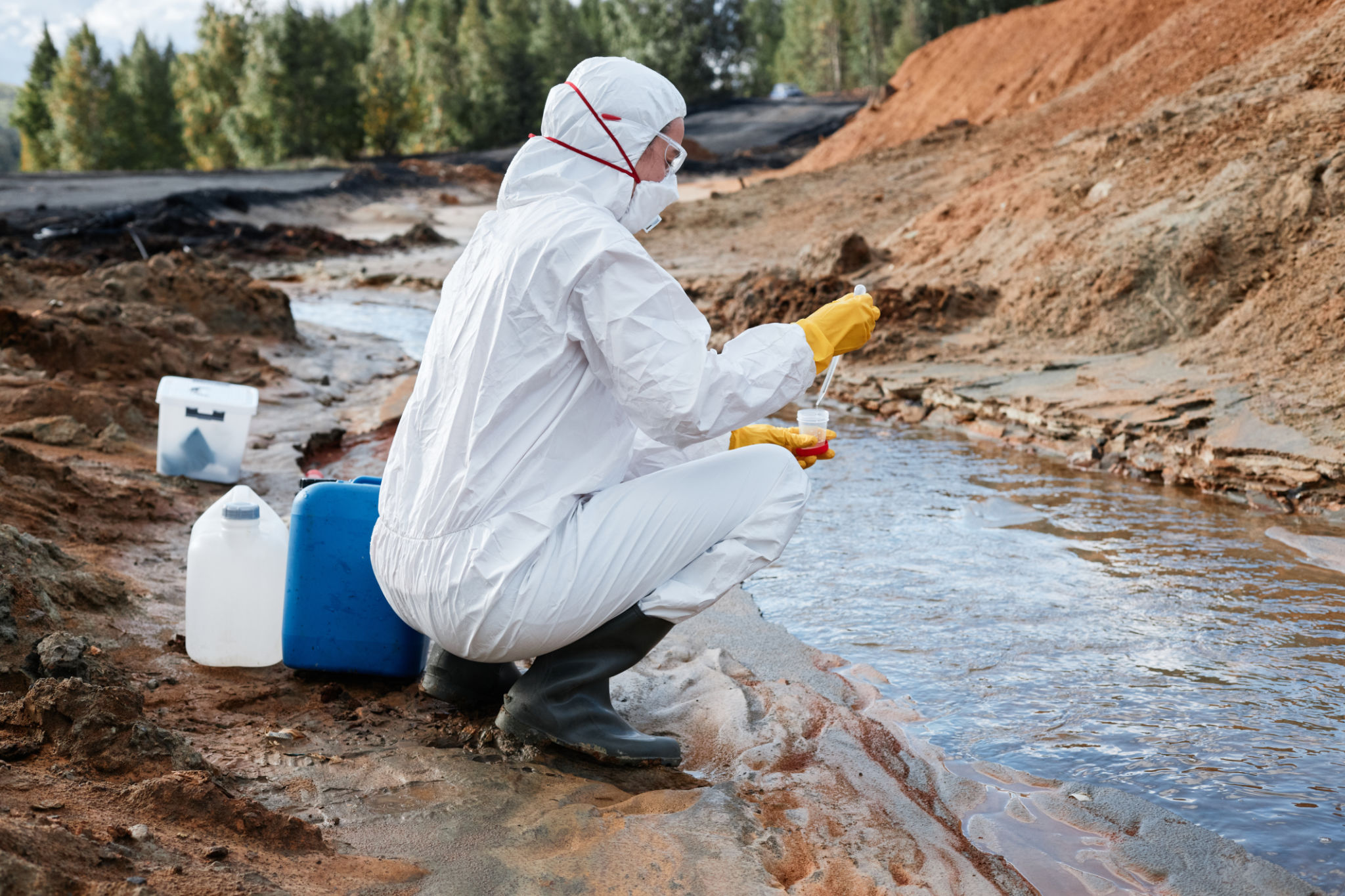Common Landscaping Mistakes and How to Avoid Them
Overlooking the Importance of Soil Quality
One of the most common landscaping mistakes is neglecting the quality of the soil. Many homeowners assume that any soil will suffice for their plants, which can lead to poor growth or even plant death. It's important to test your soil to determine its pH level and nutrient content. This information will help you choose the right plants and supplements to ensure a thriving landscape.

Planting Without a Plan
Another frequent mistake is planting without a clear plan. Without a design or layout in mind, your landscape can quickly become chaotic and unmanageable. Take the time to sketch out your ideas, considering factors such as sunlight, water needs, and plant size at maturity. This planning phase is crucial to creating a cohesive and aesthetically pleasing garden.
Ignoring Plant Growth Patterns
When selecting plants, it's vital to understand their growth patterns. Planting trees or shrubs too close to each other or buildings can lead to overcrowding and damage to structures. Ensure you know how large plants will grow and space them accordingly to avoid future headaches.

Underestimating Maintenance Needs
Landscaping requires ongoing maintenance, yet many homeowners underestimate the time and effort needed to keep their gardens looking their best. Regular tasks such as pruning, fertilizing, and weeding are essential for maintaining plant health. Consider the commitment involved before choosing high-maintenance plants or designs.
Skipping Mulching
Mulching is an often-overlooked step in landscaping that can significantly benefit your garden. Mulch helps retain moisture, suppresses weeds, and adds nutrients to the soil as it breaks down. By applying a layer of mulch around your plants, you can improve their health and reduce maintenance time.

Improper Watering Techniques
Watering is key to plant health, but improper techniques can do more harm than good. Overwatering can lead to root rot, while underwatering stresses plants. It's important to understand the specific water needs of each plant species and adjust accordingly. Using drip irrigation systems can help deliver water directly to the roots, reducing waste and ensuring efficient use.
Ignoring Seasonal Changes
Your landscaping needs will change with the seasons, and failing to adapt can lead to problems. For example, summer heat may require more frequent watering, while fall might be the best time for planting certain species. Stay informed about seasonal care tips to keep your landscape thriving year-round.

Neglecting Wildlife Considerations
Your landscape can either attract or deter wildlife, depending on your choices. Some plants and designs can be inviting to beneficial creatures like birds and pollinators, while others might attract pests. Research native plants and consider incorporating elements like bird feeders or insect hotels to create a balanced ecosystem in your garden.
By avoiding these common mistakes, you can create a beautiful and sustainable landscape that enhances your home's curb appeal and provides a haven for local wildlife. Proper planning, maintenance, and consideration of environmental factors are key to achieving long-term success in your landscaping endeavors.